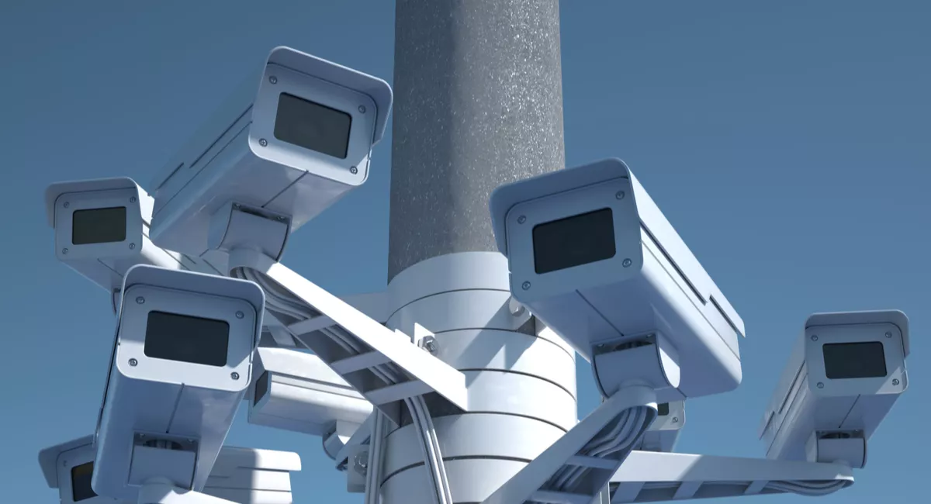
by Rich Gadomski
As both an active archive and tape evangelist, I’m excited to share how LTO (Linear Tape-Open) tape technology can transform video surveillance storage into a powerful, affordable, and long-term active archive solution. While there is a desperate need for more storage to support the proliferation of video surveillance applications, many in the video surveillance industry view the concept of “archive” as a burdensome process. But when done right with easy to use LTO tape systems, it becomes a strategic advantage in the form of an active archive.
The Archive Challenge in Video Surveillance
In the world of video surveillance, the term “archive” often triggers a collective groan. For many, it conjures up images of cumbersome, expensive, and slow retention and challenging video playback processes. The belief is that archived video is relegated to an offline, offsite black hole. However, this couldn’t be further from the truth in today’s innovative and technologically advanced times.
Archiving should not be about losing sight of data, but rather about preserving and accessing it when needed. And this is where today’s highly advanced LTO tape technology comes to the rescue. LTO in a 2-tier active archive infrastructure can be user friendly, more affordable, and provide for long-term retention of video surveillance content.
The Unparalleled Advantages of LTO Tape Technology
First things first, let’s clear up a common misconception: LTO tape technology is not the same old VHS tapes previously used to record video surveillance footage in the analog days. LTO is light-years ahead in terms of capacity, reliability, and longevity. LTO is a robust and efficient data/video content storage technology designed for the demands of modern data driven organizations.
LTO-9: A Giant Leap for Video Surveillance
One of the most exciting developments in the LTO domain is the recent introduction of LTO-9, the latest generation of LTO tape technology. It’s a game-changer for video intensive industries like Hollywood, as it provides significant video retention capacity at a low cost with minimal power consumption. With an incredible 18-terabytes of native storage per cartridge, LTO-9 can retain massive amounts of high-resolution video footage for the video surveillance industry as well, ensuring long term video retention without breaking the bank or sacrificing resolution.
The Power of a 2-Tier Active Archive Infrastructure
How does the active archive process in video surveillance become more efficient and affordable? The answer lies in a 2-tier storage infrastructure. This setup combines high-speed HDD storage with efficient LTO tape storage to create a dynamic 2 tier environment that balances the best of cost, speed, and long-term retention needs.
Active Tier: This is the high-speed, primary hard disk-based storage tier. It’s where the most recent and frequently accessed video content resides. High-speed disk storage is ideal for quick access, ensuring that critical video can be rapidly retrieved when needed.
Active Archive Tier: This is where LTO tape technology can be leveraged. It’s designed for the long-term retention of video content, providing a cost-effective and reliable solution.
In a 2 tier scheme, video surveillance video is continuously and seamlessly replicated to LTO tape in the active archive tier. This ensures access to older video footage that has aged off of expensive high-speed storage in the active tier.
Solutions are already available in the market. For example, with a video management software (VMS) centered solution, such as Cozaint’s askALICE, the VMS timeline understands where the video is stored and easily provides the VMS operator with the ability to playback any and all recorded video from either the primary or secondary tier of storage.
The Cost-Effective and Long-Term Benefits
Here’s where LTO tape technology truly shines in a video surveillance active archive strategy:
Cost-Effective: LTO tape is incredibly affordable when compared to high-speed disk storage and can reduce the overall video surveillance costs by as much as 50% when implemented in a 2 tier storage strategy. Its low total cost of ownership (TCO) makes it a key enabler for any longer-term retention needs. With LTO tape, storing a year or two, or more, of video surveillance content is now feasible from a budgetary perspective.
Reliable and Durable: LTO tapes are designed for long term data protection and retention. Today’s modern LTO tape has a long shelf life of 50 years, and you won’t have to worry about data corruption thanks to tape’s best in class bit error rate.
Energy Efficiency: LTO tape technology is recognized for its energy efficiency, consuming 87% less energy than HDDs while producing 97% less CO2e over the product lifecycle. This means lower operating costs and a smaller environmental footprint – a win-win for both the budget and the planet. Tape technology is widely recognized as the ‘greenest’ form of storage as no energy is consumed unless tape drives are engaged in the reading or writing of content
Scalability: LTO tape technology is highly scalable. As video surveillance data grows, users can easily expand their active archive infrastructure by simply adding more tape cartridges. This ensures that the active archive can adapt to changing capacity needs or longer retention periods.
Ease of Use: LTO tape technology is user-friendly and offers robust data management capabilities. It simplifies the process of archiving, retrieving, and managing video data, reducing the burden on the security staff.
The Bottom Line
In the world of video surveillance, we often view “archive” as a burdensome and less than useful process. But it doesn’t have to be. Implementing LTO tape technology in a 2-tier active archive infrastructure can transform a video surveillance storage strategy. It’s affordable, reliable, and built for the long term.
Let’s change the narrative and embrace the power of LTO tape. It’s time to recognize the strategic advantage of active archive for the retention of video surveillance content. With LTO-9 leading the charge, the industry has the cost-effective capacity and reliability needed to ensure video surveillance data remains readily accessible and secure for the long term.
Let’s keep innovating, and when it comes to video surveillance archives, think active archive with LTO tape technology as a dependable ally in the demanding world of storage.

About The Author: Rich Gadomski, Co-chairperson of the Active Archive Alliance and Head of Tape Evangelism at FUJIFILM Recording Media, U.S.A., Inc.

